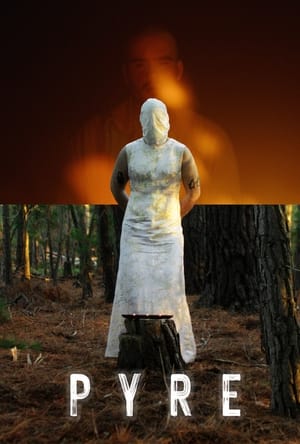Movie: -Oh

-Oh
HomePage
Overview
A hand moves gently, its presence shifts continuously.
Release Date
2024-09-28
Average
0
Rating:
0.0 startsTagline
Genres
Languages:
EnglishKeywords
Similar Movies
 0.0
0.0Perspectrum(en)
In this animated short, simple geometric forms as thin and flat as playing cards constantly form and re-form to the sound of the koto, a 13-stringed Japanese instrument.
 0.0
0.0Twilight(en)
An exploration of the relationship between sound and picture inspired by the two lights (twi-light) found inside film projectors.
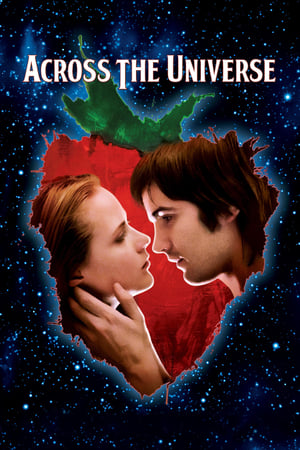 7.1
7.1Across the Universe(en)
When young dockworker Jude leaves Liverpool to find his estranged father in the United States, he is swept up by the waves of change that are re-shaping the nation. Jude falls in love with Lucy, who joins the growing anti-war movement. As the body count in Vietnam rises, political tensions at home spiral out of control and the star-crossed lovers find themselves in a psychedelic world gone mad.
 0.0
0.0Peccadillo(es)
Peccadillo tells the story of Lorenzo. An 18- year-old boy struggling to come out to his religious family of female tailors, who work day and night sewing the dresses he only dreams to wear. Unfortunately, the dream of fitting into one of these sparkly beauties and explore his sexuality lingers in the air, as through his Family’s eyes, being gay and wearing clothes opposite to someone’s sex, is a sin.
 6.8
6.8Roald Dahl's Matilda the Musical(en)
An extraordinary young girl discovers her superpower and summons the remarkable courage, against all odds, to help others change their stories, whilst also taking charge of her own destiny. Standing up for what's right, she's met with miraculous results.
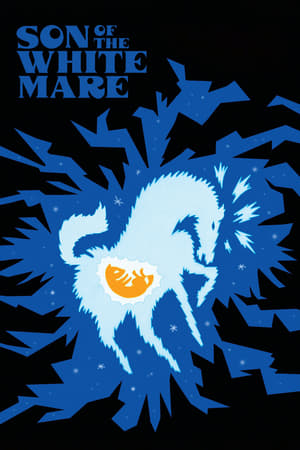 7.6
7.6Son of the White Mare(hu)
A horse goddess gives birth to three powerful brothers who set out into the Underworld to save three princesses from three evil dragons and reclaim their ancestors' lost kingdom.
 0.0
0.0You're Not Real Pretty but You're Mine...(en)
"Mouris’s film, YOU’RE NOT REAL PRETTY BUT YOU’RE MINE…, built upon the strongest elements of QUICK DREAM, and added a pop music soundtrack. Mouris says, “I shot another 100 foot roll on classmate Jerry Strawbridge’s home animation stand, and edited that into the best sequences from QUICK DREAM. The whole film was a tongue-in-cheek series of odd couples/couplings, which the title suggested. The FRANK FILM photo collage animation evolved here.” - Yale
 0.0
0.0Monosyllabic(en)
In an alternate universe, the dinosaurs have roared one too many times before the asteroid hits Earth. The consequences that follow could be catastrophic.
 6.6
6.6Abstronic(en)
A pioneer of visual music and electronic art, Mary Ellen Bute produced over a dozen short abstract animations between the 1930s and the 1950s. Set to classical music by the likes of Bach, Saint-Saëns, and Shoshtakovich, and replete with rapidly mutating geometries, Bute’s filmmaking is at once formally rigorous and energetically high-spirited, like a marriage of high modernism and Merrie Melodies. In the late 1940s, Lewis Jacobs observed that Bute’s films were “composed upon mathematical formulae depicting in ever-changing lights and shadows, growing lines and forms, deepening colors and tones, the tumbling, racing impressions evoked by the musical accompaniment.” Bute herself wrote that she sought to “bring to the eyes a combination of visual forms unfolding along with the thematic development and rhythmic cadences of music.”
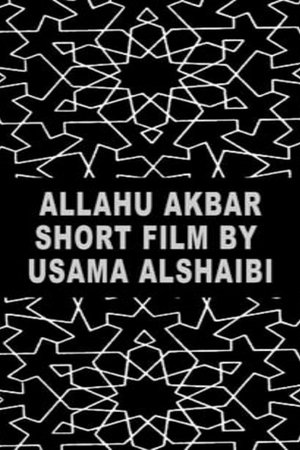 3.0
3.0Allahu Akbar(ar)
Rhythm and repetition plays an important role in the animated film Allahu Akbar by Usama Alshaibi. With this film, Alshaibi questions the confrontation between tradition and modernity by drawing inspiration from geometric motives of Islamic art. The artist offers a re-interpretation of these motifs through computer animation. By turning the shapes in different direction, new images are generated, freeing them from their fixed state. Traditional spiritual values feed the present and open up to a modern perspective.
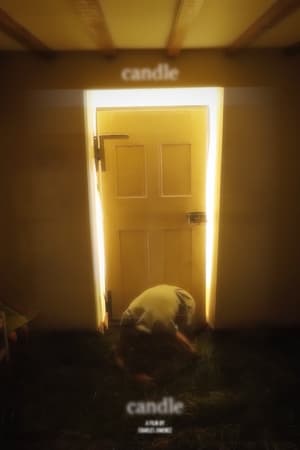 0.0
0.0Candle(en)
Confined to an endlessly burning waiting room, a dying sedentary woman experiences herself blurring in and out of her body. In her last remaining fragments she tries to make amends with her spirit before her remaining fragments either decay or create.
 7.3
7.3The Dot and the Line: A Romance in Lower Mathematics(en)
Animated work detailing the unrequited love that a line has for a dot, and the heartbreak that results due to the dot's feelings for a lively squiggle.
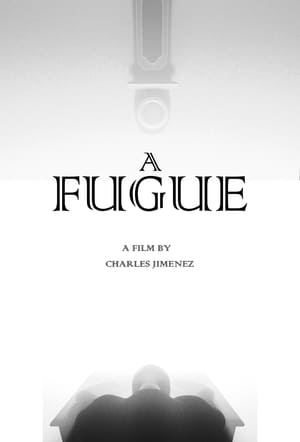 0.0
0.0A Fugue(en)
A space occupies it, awaiting to be unlocked by a freeing action or notion. What lies ahead is its determination.
 10.0
10.0LOVE LOVE(en)
Summer of 1999. Aspiring filmmaker Nik's search for love intertwines with a fantasy western he's writing, and Sapna, a visitor from India. As they navigate love, identity, and their pasts, they find the courage to embrace their future.
 0.0
0.0No Magic for Socialists(my)
Artist Htoo Lwin Myo excavates the lesser-known and wildly joyful history of Myanmar’s horror and genre film industry in the 1950s that has persisted through political turmoil and archival neglect, told directly by the people who made it.
 5.7
5.7Tarantella(en)
Here the artist creates a world of color, form, movement and sound in which the elements are in a state of controllable flux, the two materials (visual and aural) are subject to any conceivable interrelation and modification.
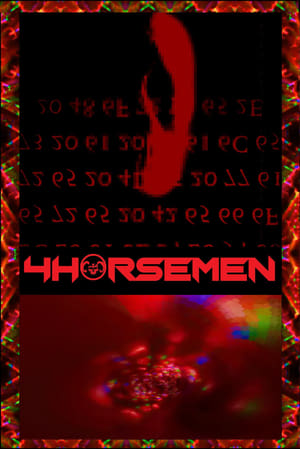 0.0
0.0The Four Horsemen of the Apocalypse(en)
The Apostle John receives disturbing visions of the approaching AntiChrist, the impending apocalypse, a series of demonic creatures, and a psychedelic descent into hell.
 6.1
6.1Prelude: Dog Star Man(en)
A creation myth realized in light, patterns, images superimposed, rapid cutting, and silence. A black screen, then streaks of light, then an explosion of color and squiggles and happenstance. Next, images of small circles emerge then of the Sun. Images of our Earth appear, woods, a part of a body, a nude woman perhaps giving birth. Imagery evokes movement across time. Part of the Dog Star Man series of experimental films.
 6.8
6.821-87(en)
This short film from Arthur Lipsett is an abstract collage of snippets from discarded footage found by Lipsett in the editing room of the National Film Board (where he worked as an animator), combined with his own black and white 16mm footage shot on the streets of Montreal and New York City, among other locations. A commentary on a machine-dominated society, it is often cited as an influence on George Lucas's Star Wars and his conceptualization of "The Force."

